What Does Heroin Look Like? | Identifying The Different Types Of Heroin
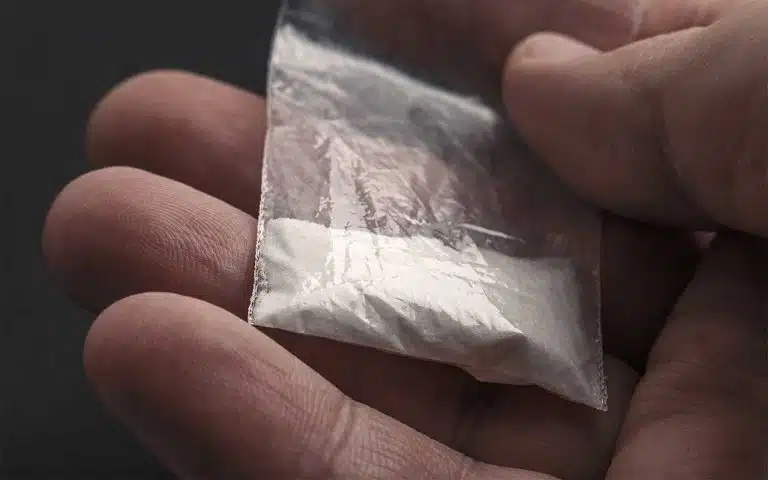
Heroin is a highly addictive, illicit opioid that is imported and widely used in the United States. Heroin comes in several types and forms, each with distinct colors, origins, and properties.
Three Types Of Heroin
Heroin is a semi-synthetic opioid drug made from the natural opioid morphine, which is extracted from the seed pods of certain species of opium poppy plants grown in Colombia, Burma, and Afghanistan/Pakistan.
To properly identify heroin, consider the three main types: white powder, black tar, and brown powder.
White Heroin
White powder form heroin is the purest form of the drug. It looks like a fine, shiny white powder with a bitter taste that can vary depending on what other white powders (if any) are cut into the drug to increase its weight and potential profit.
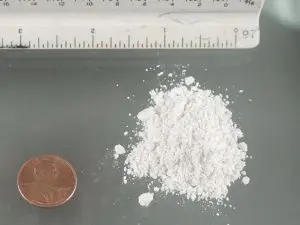
Pure heroin usually originates from Colombia, and is the main variety of heroin sold in the eastern United States.
White heroin is made for smoking or snorting, methods of substance abuse that are attractive to first-time users, and others reluctant to take opiates by injection. However, the drug can also be injected, with some risk from filler compounds often cut into the drug.
It’s widely thought that many Americans have switched from prescription opioids to heroin. Heroin is easier to obtain and tends to be less expensive.
Black Tar Heroin
Black tar heroin is a name for freebase forms of heroin that come as a solid or sticky black, dark orange, or dark brown mass instead of a fine white powder. It is common in the western and southern United States.
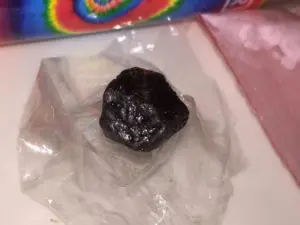
Black tar street heroin likely comes from Mexico and is cheaper and easier to produce than white powder heroin or brown powder heroin.
But, this quick and easy process comes with downsides. Black tar heroin is rarely more than 25% to 30% pure; the impurities of the mix give it its distinctive dark color and texture.
Black tar heroin is typically dissolved into water in the presence of heat, then injected into blood vessels, muscles, or under the skin. This process involves significant health risks, including a heroin overdose.
Brown Heroin
Brown powder heroin can come from any source region. It can be a less-refined version of finished white powder heroin with more impurities, or a more refined version of black tar heroin with fewer impurities.
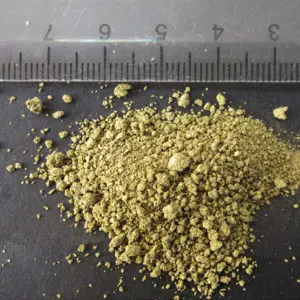
In the United States, most brown powder heroin comes from Mexico and is formed from freebase black tar heroin that is purified and cut with lactose and other compounds.
Mexican brown powder heroin is considered a less-expensive alternative to white powder heroin. It’s color and texture can vary, but it often resembles fine sand.
Brown powder heroin doesn’t dissolve easily and is usually smoked rather than injected or snorted.
Other Types Of “Heroin”
As an illicit drug, heroin is diluted, adulated, and impersonated with a wide range of additives. Some of these are harmless fillers, but others are dangerous and include fentanyl or potent synthetic opioids.
Purple/Blue Heroin
Fentanyl is often cut into heroin to bring up the effectiveness of a batch after it’s been heavily diluted, especially if the real drug has become scarce.
Heroin laced with fentanyl and died blue or purple has been linked to fatal overdose outbreaks in a number of cities across the nation.
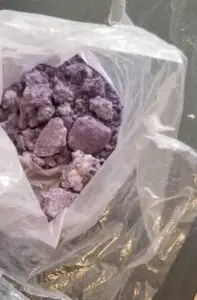
Harm reduction test kits are available to help identify heroin that’s cut with fentanyl. Fentanyl is up to 50 times more powerful than heroin. Naloxone, an opioid overdose reversal medication, should be on hand in the case of overdose.
Pink Heroin
Pink heroin is actually U-47700, a new and potent synthetic opioid produced in China and shipped to the United States as a fine pink or white powder, or as tablets that imitate prescription painkillers.
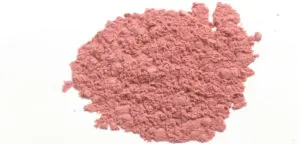
Pink has been estimated to be two to four times more potent than heroin by weight, giving it a high potential for accidental overdose.
Heroin Addiction Treatment
Professional care at an addiction treatment center is available to help you or a loved one safely navigate opioid withdrawal symptoms and recovery. To learn more, please contact Ark Behavioral Health today.
Written by Ark Behavioral Health Editorial Team
©2024 Ark National Holdings, LLC. | All Rights Reserved.
This page does not provide medical advice.
Drug Enforcement Administration (DEA) - DEA Schedules Deadly Synthetic Drug U-47700
Drug Enforcement Administration (DEA) - The West Virginia Drug Situation
International Journal of Drug Policy - Heroin in brown, black and white: Structural factors and medical consequences in the US heroin market
National Institute on Drug Abuse (NIDA) - Heroin DrugFacts
National Institute on Drug Abuse (NIDA) - What is heroin and how is it used?

Questions About Treatment?
Ark Behavioral Health offers 100% confidential substance abuse assessment and treatment placement tailored to your individual needs. Achieve long-term recovery.
100% confidential. We respect your privacy.
Prefer Texting?
Our friendly support team is here to chat 24/7. Opt out any time.
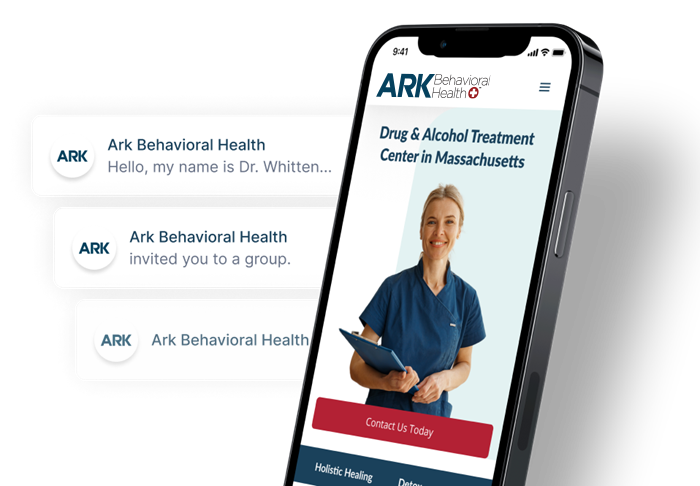






 Learn More
Learn More








